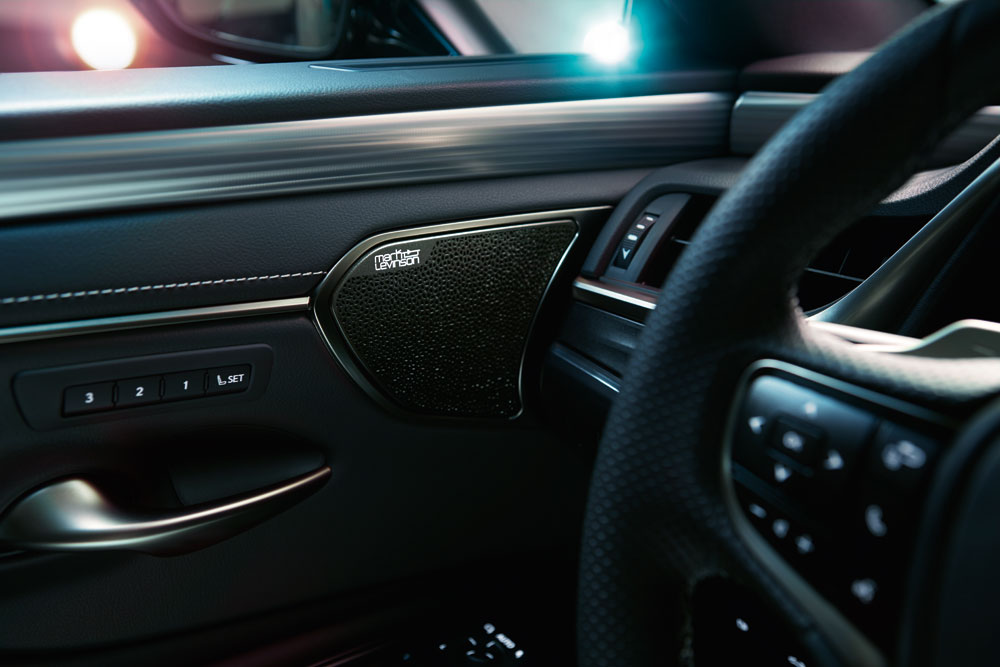>Compared to the wide, heavy swords common in Europe
>Hadori
This has nothing to do with the ES, or cars at all, but I felt like it should be mentioned anyway. I should also start off by saying that I am saying this impartially, with no bias as I'm a collector of ALL swords, not just from one style.
European swords cannot be characterized as being wide and heavy. There were examples of those too like the viking swords we often see, falchions, grossmessers, and so on. European swords varied so much in shape, style, weight, even their edge sharpness, that it's more accurate to say that they were highly adapted to whatever problem they were trying to solve at the time. If you needed to defeat armor, your sword tended to become almost diamond-shaped with a sharp point and a stiff cross section so that you could thrust between armor gaps. If you were strolling the streets and needed the equivalent of medieval pepper spray, you would bring along your arming sword, which tended to be light, very pointy but with enough of a cross section and a sharp edge for a cut-and-thrust fighting style. There are many, many European sword types; look up Oakeshott sword types and you'll be amazed at all of the subtle differences.
As for Hadori, maybe Sashikomi would be more accurate. Hadori is a method of polishing to enhance the beauty of a blade by hiding imperfections, touching up hamon by whitening it (ie. the so-called 'temper line' of a katana), and so on. Sashikomi is the classical style that aims to bring out the natural details of the blade with no cosmetic techniques to hide anything.
Again, this has nothing to do with cars at all



